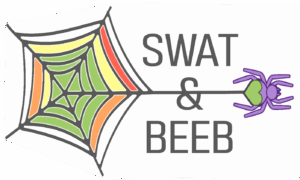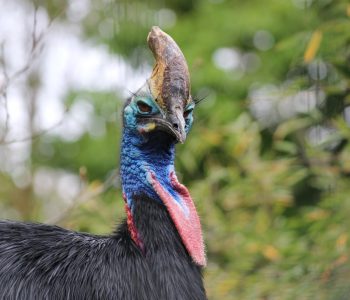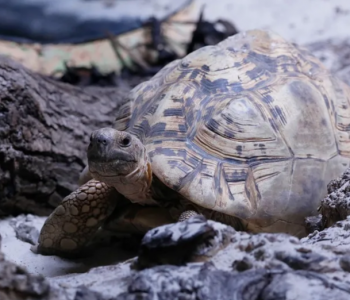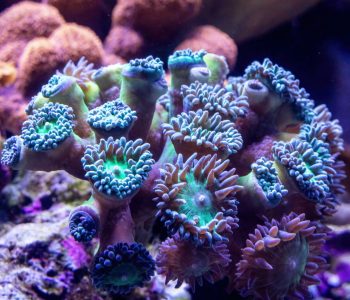Behaviour and
Environment
Evidence
Base
Table of Contents
The Behaviour and Environment Evidence Base is a suite of tools designed to help take an evidence-based approach to welfare and/or to help conduct reliable behavioural research.
This Tool will provide a detailed evidence base to assist with answering key questions on behaviour and environment in the Standardised Animal Welfare Assessment Tool. It requires longer-term observations and data collection on the animals, and provides detailed data on enclosure use, how weather affects behaviour and environmental interactions.
The main aims of the BEEB are to:
- Identify and describe behavioural welfare indicators for all animal taxa
- Provide tools to facilitate taking an evidence-based approach to questions related to behaviour and environmental use
- Provide tools to facilitate behavioural data analysis and visualisation
The BEEB elements and how to use them
The idea behind the BEEB is to aid at each step of behavioural data collection and analysis. For this reason, the BEEB has the following elements:
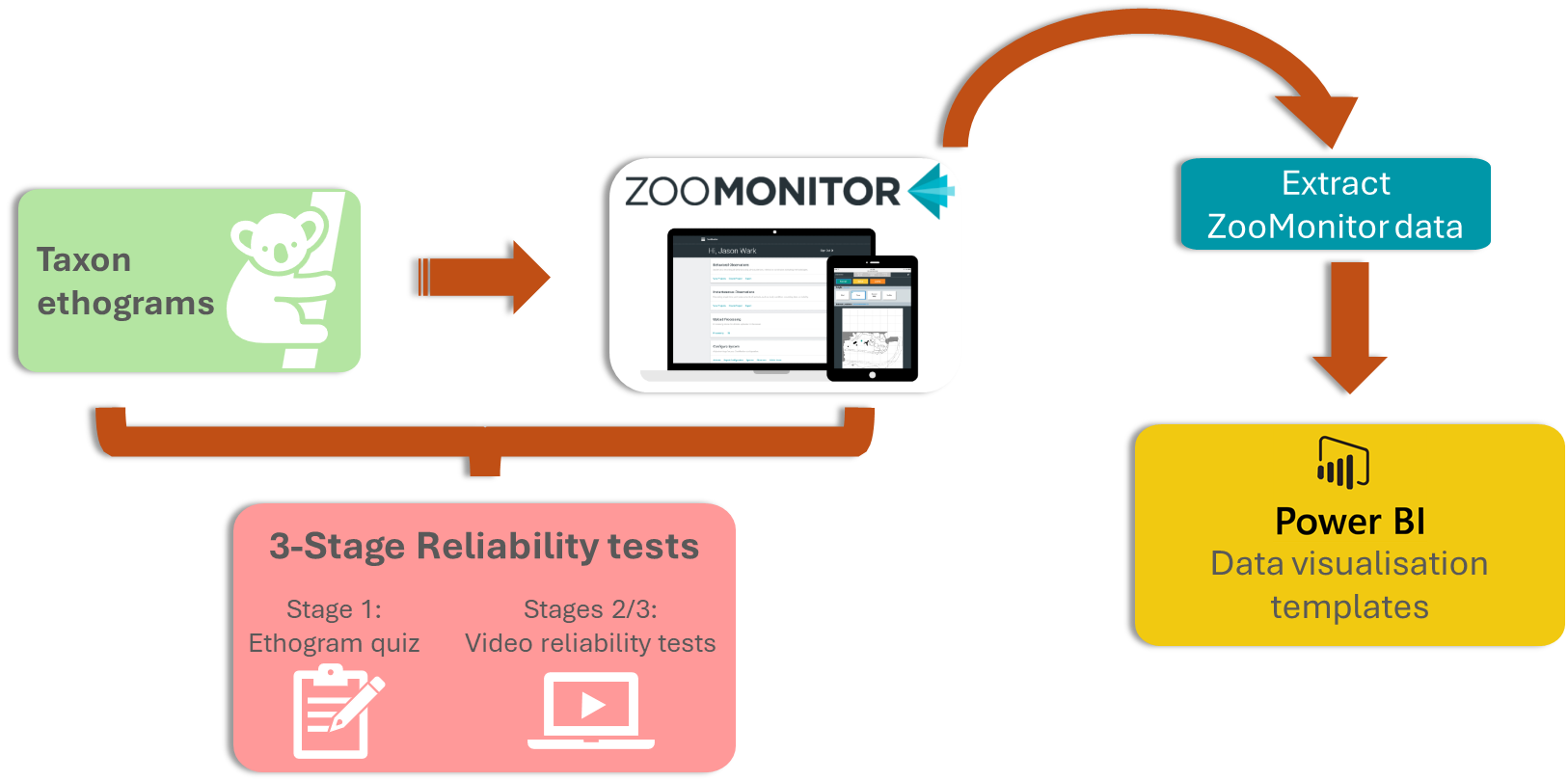
Generalized ethograms for taxon groups (e.g. bears, ruminating ungulates, snails, etc.) covering all species housed in zoos are/will be provided. The ethograms cover invertebrates and vertebrates, including point surveys for sessile animals like sponges and Anthozoa.
The ethograms can be used to educate relevant staff on the behavioural repertoire of a species and the valence of specific behaviours in the context of welfare. Species specific ethograms can also be made from modifying the taxon ethograms and uploaded with credit to the website to share with the community.
ZooMonitor Community projects correspond to the ethograms. The Community projects can be used to collect behavioural data using the ZooMonitor app. These projects will include the measurement of: ethogram behaviours, proximity, indoor/outdoor enclosure use, enclosure location, and pre-session questions for recording details about the environment and husbandry.
Reliability testing materials to ensure that users are able to collect reliable and consistent data, we have created a reliability testing protocol for the ethograms. Each ethogram will have a three-stage reliability test specific to the ethogram.
- Ethogram quiz
- Video quiz of behavioural repertoire
- Video quiz for testing ZooMonitor aptitude
These tests should be administered by a reliability coordinator. The documents we provide are designed to guide the reliability coordinator and the observer through the process, allow the observer to conduct the tests remotely, and aid the coordinator in calculating and tracking the progress of observers through each stage.
List of documents for reliability testing included in taxon zip folder downloads below:
Observer documents
- Ethogram
- Ethogram quiz
- Reliability testing procedure (Observer)
- Video reliability entry sheet
- ZooMonitor tutorial for observer
Reliability Coordinator documents
- Ethogram
- Ethogram quiz answer sheet
- Reliability testing procedure (Coordinator)
- Reliability scoring and tracking excel sheet
- ZooMonitor admin training
Power BI templates for visualising data and responding to 19 behaviour and environment questions in the SWAT. The Power BI templates are designed to automatically generate figures and tables using the raw ZooMonitor data output. These visualisations will aid in responding to the SWAT questions and also encourage users to consider the 24-hr and annual cycles of behaviour and enclosure use to contextualise the behaviours. Our hope is that these visuals will enable assessors to take an evidence-based approach to the environment and behaviour questions in the SWAT and help contextualise the behaviours to make action plans more targeted and easier to develop.
Power BI desktop is a Microsoft software which is free to download here.
BEEB resources downloads
Through the links below you will get to the BEEB resources for each overarching taxon. Within each, you will find a table which lists all of the taxon groups within the overarching taxon for which BEEB resources are planned.
TAXA mailing list
If BEEB resources are not available for your taxon of interest or any element is not yet available, please sign up for the taxa mailing list, indicating your interest in specific taxa to receive email alerts when they are available and/or updated.
SWAT questions that can be addressed using the BEEB
13 questions in the Behaviour category
| Question # in SWAT | Behaviour questions |
|---|---|
| 37 | Animal can be seen approaching and moving away from conspecifics freely |
| 38 | Performs appropriate levels of self-care behaviours (grooming, preening, drinking, resting, comfort activities) |
| 39 | Has mostly positive interactions with conspecifics or other animals |
| 40 | Has mostly positive or neutral interactions with staff/visitors |
| 41 | Responds appropriately to novel changes in the environment (interest in appropriate enrichment vs fear/aversion/apathy) |
| 42 | Can express choice and control over being in different (indoor/outdoor) areas (except for maintenance periods) |
| 43 | Exhibit appropriate territorial behaviour (patrolling, scent marking) |
| 44 | Exhibits appropriate foraging and feeding behaviours |
| 45 | Exhibits play behaviour (alone or socially) |
| 46 | Exhibit appropriate levels of rest and sleep |
| 47 | No evidence of dysfunctional social interactions |
| 48 | No evidence of abnormal or stereotypic behaviour |
| 49 | Exhibits reproductive behaviours as appropriate to the species and individual (courtship, mating, nest-building, incubating, birth, rearing etc.) |
| 50 | Exhibits species specific behavioural needs (rooting, burrowing, climbing, perching, social grooming etc.) |
6 questions in Environment category
| Question # in SWAT | Environmental interaction questions |
|---|---|
| 20 | The size, shape and topography of the enclosure is appropriate for the species to exercise, explore and exhibit normal territorial behaviours |
| 21 | Substrates are suitable for the species (consider locomotion (abrasion, traction, support); resting (comfort, depth, cleanliness); foraging (depth, cleanliness); burrowing (will support tunnels, depth, secure)) |
| 23 | Has appropriate shelters, retreats, visual barriers, off show areas from conspecifics and visitors |
| 24 | Has appropriate shade and shelter from weather/climate |
| 25 | Planting is appropriate for the species, providing shelter, shade, retreats, microclimate provision, feeding opportunities, and plants are not toxic and do not present an escape risk |
| 26 | Furnishings allow appropriate species-specific behavioural needs (climbing, swinging, jumping, perching, nesting, stretching, hiding, sleeping, flight, etc.) |
